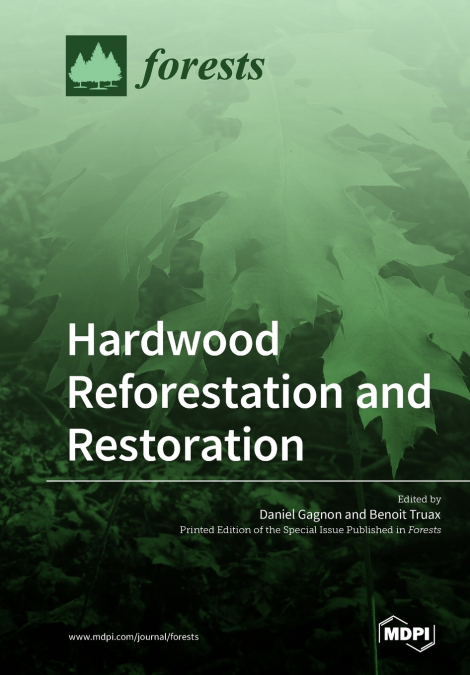
 Librería Perelló (Valencia)
Librería Perelló (Valencia)
 Librería Aciertas (Toledo)
Librería Aciertas (Toledo)
 El AlmaZen del Alquimista (Sevilla)
El AlmaZen del Alquimista (Sevilla)
 Librería Elías (Asturias)
Librería Elías (Asturias)
 Librería Kolima (Madrid)
Librería Kolima (Madrid)
 Donde los libros
Donde los libros
 Librería Proteo (Málaga)
Librería Proteo (Málaga)
Hardwood-dominated temperate forests (mostly in Eastern North America, Europe, North East Asia) provide valuable renewable timber and numerous ecosystem services. Many of these forests have been subjected to harvesting or conversion to agriculture, sometimes over centuries, that have greatly reduced their former extent and diversity. Natural regeneration following harvesting or during post-agricultural succession has often failed to restore these forests adequately. Past harvesting practices and the valuable timber of some species have led to a reduction in their abundance. The loss of apex predators has caused herbivore populations to increase and exert intense browsing pressure on hardwood regeneration, often preventing it. Particularly important are fruit, nut and acorn bearing species, because of their vital role in forest food webs and biodiversity. Restoring hardwood species to natural forests in which they were formerly more abundant will require a number of forest management actions (e.g., resistant hybrids, deer exclosures/protectors, enrichment planting, underplanting, etc.). Similarly, reforesting areas that were once natural forests will also require new silvicultural knowledge. Global warming trends will intensify the need for interventions to maintain the diversity and function of temperate hardwood forests, as well as for increase hardwood reforestation.